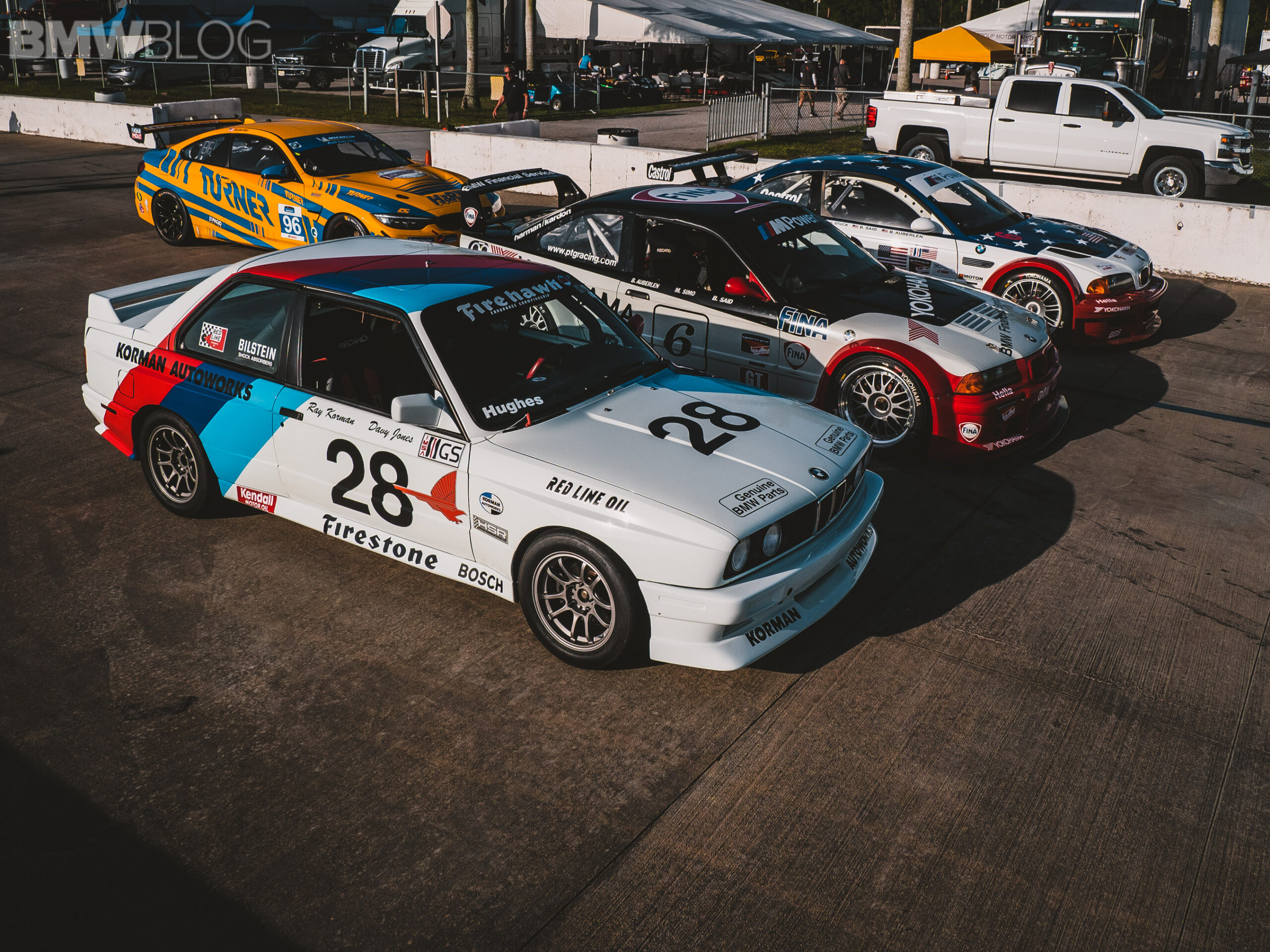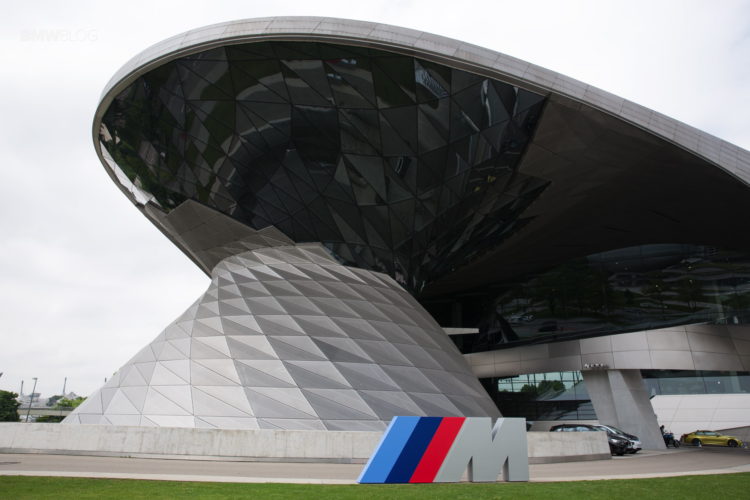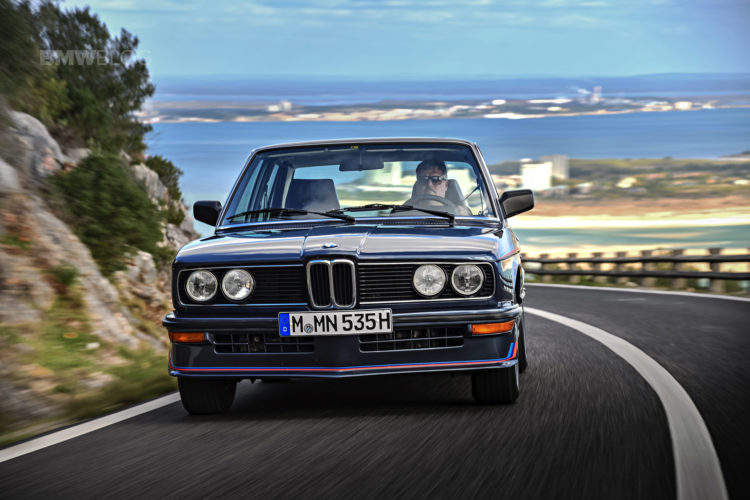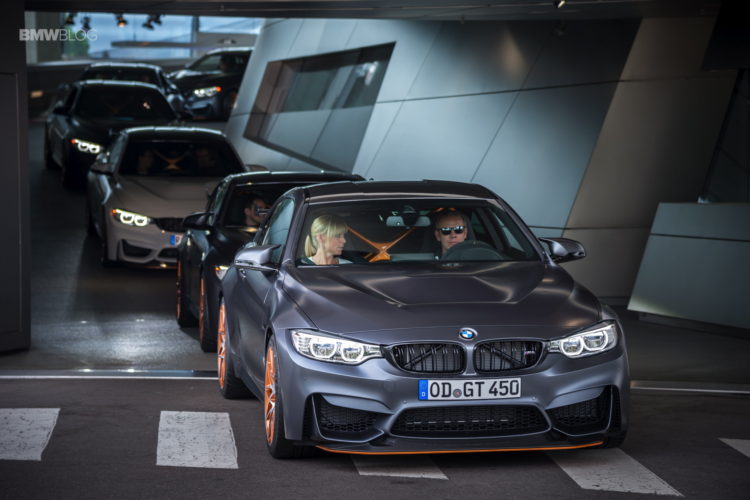It started with the grandfather, the patriarch of what would be a long line of champions, its heart was a high-revving 3.5L inline-6. Not surprisingly, that same engine was a large part of the car’s soul and character. It was the BMW M1 – the very first BMW to be produced as an official M GmbH(then M Division) vehicle. On July 10, 1978 with that first crank of the massive M88 engine of the first M1 to roll out of the M Division workshop started a tradition that spanned another three decades – naturally aspirated, high revving, high horsepower engines to power the best BMW’s made.
The M88 itself would stay in service for another 10 years, filtering down from super car status to super sedan status in the first M5 and M6. A modified version of the M88 would lose 2 cylinders and 2,200cc of displacement and be dubbed the S14 to go on and power the screaming E30 M3. Time marched on and models continued to evolve but the same principles of the engine remained – the engines must rev freely and as high as reliably able to. Examples would include the E46 M3 with a 3.2L inline-6 that redlined at an impressive 7,900 RPMs or the E60 M5 who’s naturally aspirated V10 ran out of steam at 7,750 RPMs.
For many, the naturally aspirated, high-revving engines are what defines the M Series cars to enthusiasts. Only in those higher RPMs did the engines come alive and show their since of urgency to bear their soul. Wind out an M-constructed engine on a back road or a track, keep the gears low and the revs high and you will understand the appeal of M cars. The E46 M3 and its S54 engine don’t feel particularly special but above 3,500 revs on the tachometer, the driver is rewarded with a growing metallic symphony from the exhaust. Even the current naturally breathing V10 of the M5/6 is surprisingly sedate until the engine is wound up and at full force.
But, is that all threatening to change? Yes, actually it is. BMW’s famed M GmbH has decided to use forced induction on its next generation of engines as a means of increasing horsepower and efficiencies. After 31 years of naturally aspirated, peaky, well-tuned engines, the NA engine may disappear from one of the most vaunted specialty divisions of any car company in the world. Sources quoted by Edmunds a few weeks back, mention the 2012 F10 M5 being powered by a twin-turbocharged V8 compared to the free-breathing V10 of the current M5 and they’ve already released the X5 and X6 M’s, both sporting turbocharged V8’s. Rumor has it the next M3 will carry turbos under its hood as well.
Many may feel that this isn’t a big deal and really just an easier way, from an engineering standpoint, to produce higher horsepower figures from lighter engines in the not-yet-kaput power wars between the Germans. And why not? Audi and Mercedes have both used forced induction with success in the B5 S4 and it’s turbocharged 2.7L V6 and the previous E55 AMG with its 5.4L V8, respectively. Both companies are now dabbling in both turbo- and supercharging for high performance vehicles – and that’s a great thing.
But perhaps it isn’t for BMW as they’ve always strived to be more than just what the competition was. With so many other ways and technologies at BMW’s disposal, why not turn to lighter weight vehicles for improved performance?
Sure, Audi’s RS6 sports a turbo’d V10 pushing out 570HP to offset its scary weight figure – but why does the M5 have to do this with its engine too? the N54 in the current 335i is an incredible engine – just look at the awards it’s won ad nauseum, but max torque is achieved by 5,800 engine revolutions. It doesn’t have to carry with it a sky-high redline – and the current forced induction V8’s of the X5/6 M’s top out at 7,000 RPMs.
Yes, power is there, but is the urgency and that special feeling of keeping revs wound up like M cars of soon-to-be-yesterday still going to be present? By adding turbos do you remove the soul and passion of the Teutonic engine?
Perhaps. Many enthusiasts used to say that the further M GmbH got away from the E30 M3, the worse things got for the driver involvement – it looks to be that they could be wrong: the further we may be getting from the E92 M3, the worse off we may be. I only hope that in another 10 years, technology will have moved on allowing BMW to move back to naturally aspirated, high-revving M engines – only time will tell though!





































































